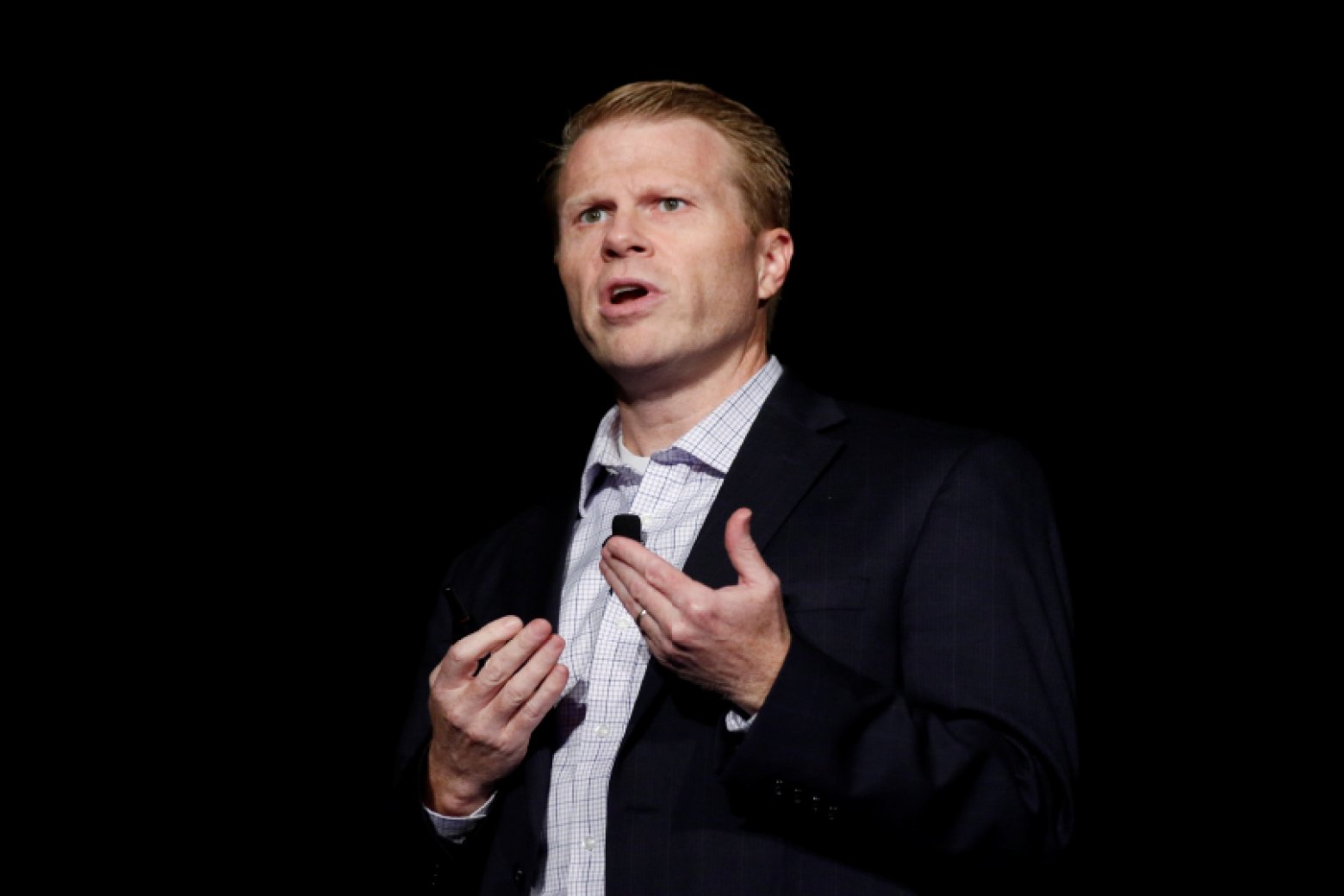Forty-five percent of U.S. physicians exhibited at least one symptom of burnout in 2011 and that increased to 54 percent in 2014, according to a national study of physicians and workers in other occupations led by Tait Shanafelt, MD. It’s a highly prevalent problem that is more widespread among physicians than any other occupation. However, Dr. Shanafelt—the first chief physician wellness officer at an academic medical center—believes that low morale does not point to the failure of an individual physician or health professional, but to the organizational structure or system as a whole.
“Not only was [burnout] a highly prevalent problem, it was more acute in physicians than other occupations,” Dr. Shanafelt said at the American Conference on Physician Health, co-sponsored by the AMA, Mayo Clinic and Stanford Medicine. Dr. Shanafelt is also the director for the Stanford WellMD Center and associate dean of the Stanford School of Medicine.
While burnout affects physicians across all specialties, it is particularly acute in primary care. Stanford suggests addressing three domains to reduce burnout and promote professional fulfillment: personal resilience, efficiency of practice and a culture of well-being. Unfortunately, most efforts to address the problem have just skimmed the surface and focused on personal resilience such as stress management, mindfulness, yoga or meditation.
“When we talk about efficiency of practice and personal resilience, all of us are referring to the same types of things,” Dr. Shanafelt said. “But I don’t think we’re talking about the same thing when we refer to this culture of wellness domain. Culture of wellness includes leadership, values alignment, voice and input, appreciation, peer support, flexibility, meaning, and community and collegiality.”
Change begins with leadership
One of Dr. Shanafelt’s studies from Mayo Clinic looked at a group of 2,500 physicians and measured 150 physician leaders. On a 60-point leadership scale, every one point higher rating of leader effectiveness was associated with a 4 percent reduction in burnout and a 9 percent increase in physician satisfaction.
Some of the key leadership behaviors included keeping the team informed, asking for opinions on how to improve the work unit, facilitating career development and recognizing a job well done. In a startup company, the leaders make the culture, but once established, it is the culture that makes the leaders.
“You need to convince leaders that a dimension of culture needs to change at the top of the house before it really can change. And to do that, the organizational science would say you need a stimulus that upsets the status quo. Education is one way to do that,” said Dr. Shanafelt.
Once health care leaders are convinced that a dimension of their organizational culture needs to change, decreasing the learning anxiety by showing them what to do is the next step to change culture, according to Dr. Shanafelt.
Peer support improves work environment
A critical component of a culture of well-being is peer support. No matter how well an organization does at re-engineering a practice and creating a culture of well-being, there will always be points of crisis for some colleagues, Dr. Shanafelt explained.
“Patients have bad outcomes, whether we contribute to them or they’re just unexpected,” he said. “Sometimes, if we contribute to them through medical error, it can create tremendous existential turmoil for a physician and we’re not good at seeking help partly due to our professional culture and stigma.”
A model program, according to Dr. Shanafelt, is the peer support program created by Jo Shapiro, MD, at Brigham and Women’s Hospital. This program has created a way for colleagues to refer their peers who they know have gone through a traumatic event and have a systematic way to reach out to everyone. It allows them to at least offer an invitation to have a conversation—in a nonthreatening way to increase access to peer support.
A systems problem
Dr. Shanafelt refers to three levels of an organizational culture: artifacts, espoused values and tacit assumptions. Artifacts are the things that are easily identified, such as pictures on walls, awards given out, rules and policies. Espoused values are what the organization says it stands for, its mission statements and stated values.
“Deeper than that are the true things we believe—the tacit assumptions that drive our culture,” he said. “One way to diagnose where you have challenges is to look at your incongruities between your artifacts and espoused values as a way to diagnose a problem in one part of your culture.”
Espoused values and artifacts often contradict each other—what is said and what is done. For example, “we say physicians are our most important resource, but we saddle them with excessive clerical burden and ineffective use of their time,” said Dr. Shanafelt. “We say high quality care is our top priority, but we have a system that drives fatigue and burnout.”
There are incongruities between the artifacts and espoused values as a profession and as an organization, which illustrates a massive dimension of culture that is part of the problem, Dr. Shanafelt said. While addressing these underlying problems can seem overwhelming, he offered an encouraging reminder.
“Remember, you’re not changing the whole culture,” Dr. Shanafelt said. “But you want to use your culture to help you tweak the narrow area that needs change.”
“Organizations typically move through predictable steps. Start where you are and try to take the next step in your journey,” he added.




